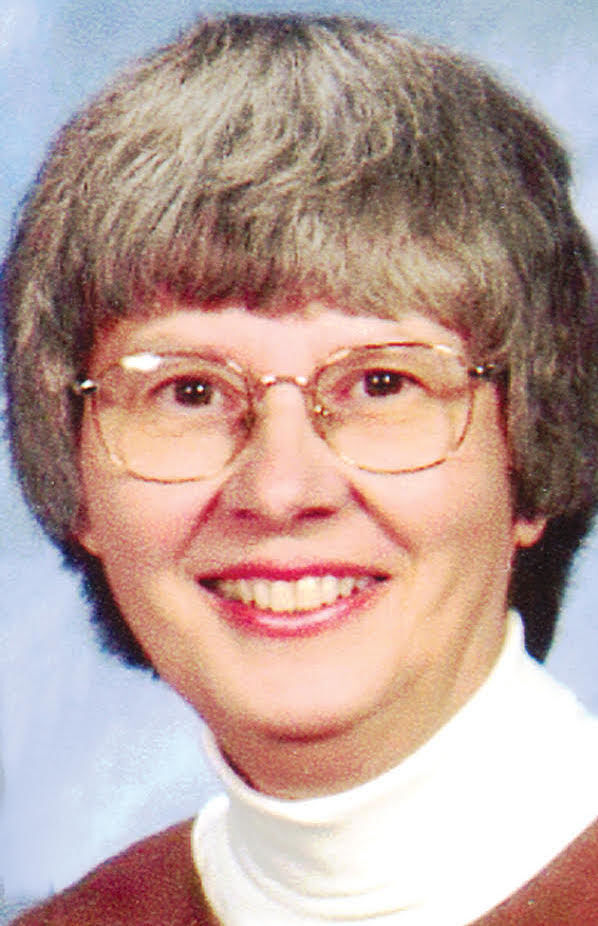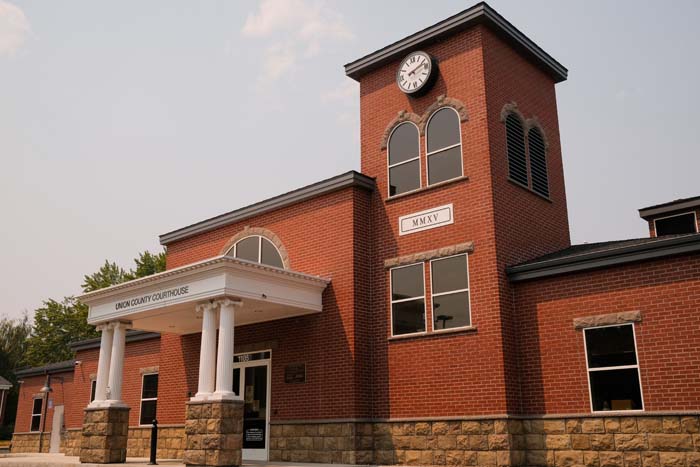Out and about: Exploring the Huntington Block
Published 3:00 am Tuesday, December 21, 2021

- Mammen
The next building for some reason reminds me of a rhyme from my childhood. It went like this: “Late last night upon the stair I saw a man who wasn’t there. He wasn’t there again today. I wish that man would go away.”
Trending
This building is currently housing the Grande Ronde Karate School between the West-Jacobson Building and the Wells-Fargo parking lot. In earlier days I remember it as the location of the Chuckwagon Restaurant. At this time, I don’t know anything else about it except that it was not destroyed in the February 1959 fire located in the 1300 block of Adams Avenue. For the time it will have to remain a mystery waiting to be solved.
We will instead turn our attention to what was known as the Huntington Block in the middle of the block covering 1308-1312 Adams. Due to fires and demolitions over the years, little information remains about this bustling shopping center. Currently, it is the site of the Wells Fargo Bank parking lot.
Albert Clark Huntington was born in Maine in 1831 to William Huntington, a farmer, and his wife, Mary. He remained at home working on the farm until 1854 when he started west, the hard way, by sailing to California via New York and then the Isthmus of Panama. When he arrived, the gold rush was well underway.
Trending
For a while he was a miner and in 1860 was living in Pine Grove, California, the crossroads of the mining activity. At some time he traveled farther south and purchased land in the area of present-day Los Angeles, but, unfortunately, sold it too soon to make his fortune. He joined with a party of prospectors and came up into the Walla Walla area and finally worked his way down into Oregon.
He settled in Old Town in the fall of 1863, when he started a furniture factory, making furniture and made-to-order caskets. It was reported by W. R. Gekeler in one of his “Do You Remember?” columns that “when people came from a distance they waited in town while the casket of the required size was put together.” When A.C. opened his furniture store in Old Town it was the first furniture store in the Grande Ronde Valley.
In 1864, he married his sweetheart, Helen Elizabeth Baker, the younger sister of M. Baker, a pioneer attorney of Old Town. In 1866, he purchased the first La Grande schoolhouse, which had been used only two years, to use as an expansion for his furniture factory.
In the 1870s and 1880s he was shown as a cabinet maker in the census records. But A.C. was more than that. He was an entrepreneur. He was a cornet player and music was in his soul. According to Bob Bull, A.C. left the furniture building around 1880 and “traveled over the country selling pianos and organs and was thus connected with the music trade until 1894 at which time he retired.”
In 1886, he constructed the Huntington Building, known also as the Huntington Block, and opened the first music store in La Grande. In 1888, the building provided space for the music store, office, store room and dwelling.
By 1893 some of the Huntington Block businesses were J.C. Henry & Burke Furniture and Samuel Haworth, Mason and Contractor. They were joined by C.W. Harris Watchmaker and Jeweler and others. Bohnenkamp’s first store opened here in December 1896. By March 1898, Huntington was excavating for his brick building adjoining the original building and stone was being hauled in three months later. After completion new businesses quickly moved in.
The store most remembered from early times in the Huntington Block was the Golden Rule Store. According to Bob Bull in his “A Little Bit of This & A Little Bit of That: La Grande and Union County Trivia” we learn there were two businessmen located in the Huntington Block around 1903, Mac Wood at 1308 and John Collier at 1312.
Both were selling similar department store-type items and decided to join forces and create the largest store in La Grande. They contacted E. Andross, of E. Andross and Company, the store located between them. They offered to buy out his furniture and undertaking business and he agreed. As a result, Mac Wood’s original Golden Rule tripled in size and was in business until sometime between 1917-1920.
Over the years, the Huntington Block served many businesses. In February 1959, the entire building was destroyed by fire. There were four businesses located there at the time. The fire seems to have started in Schoen’s Bakery at 1312, then onto The Photo Album, Fitzgerald Flowers and finally into The Town House Music and Gift Store. The structure remaining was torn down and the businesses were relocated.
The mystery building to the west housing Coleman Hardware at 1306½ at the time was said to have extensive water and smoke damage but the owner had removed much of his merchandise when it seemed the fire might reach his place of business. However, it was determined that the fire wall between the buildings probably kept this from happening.
Albert Clark Huntington was an active member of the La Grande community throughout his life. He served as a member of the city council and was active in his church and Odd Fellows. A.C. Huntington passed away in La Grande in May 1921 at the age of 89 years, 8 months and 7 days.
Keep looking up! Enjoy!
———
Ginny Mammen has lived in La Grande for more than 50 years and enjoys sharing her interest in the history of people, places and buildings.









